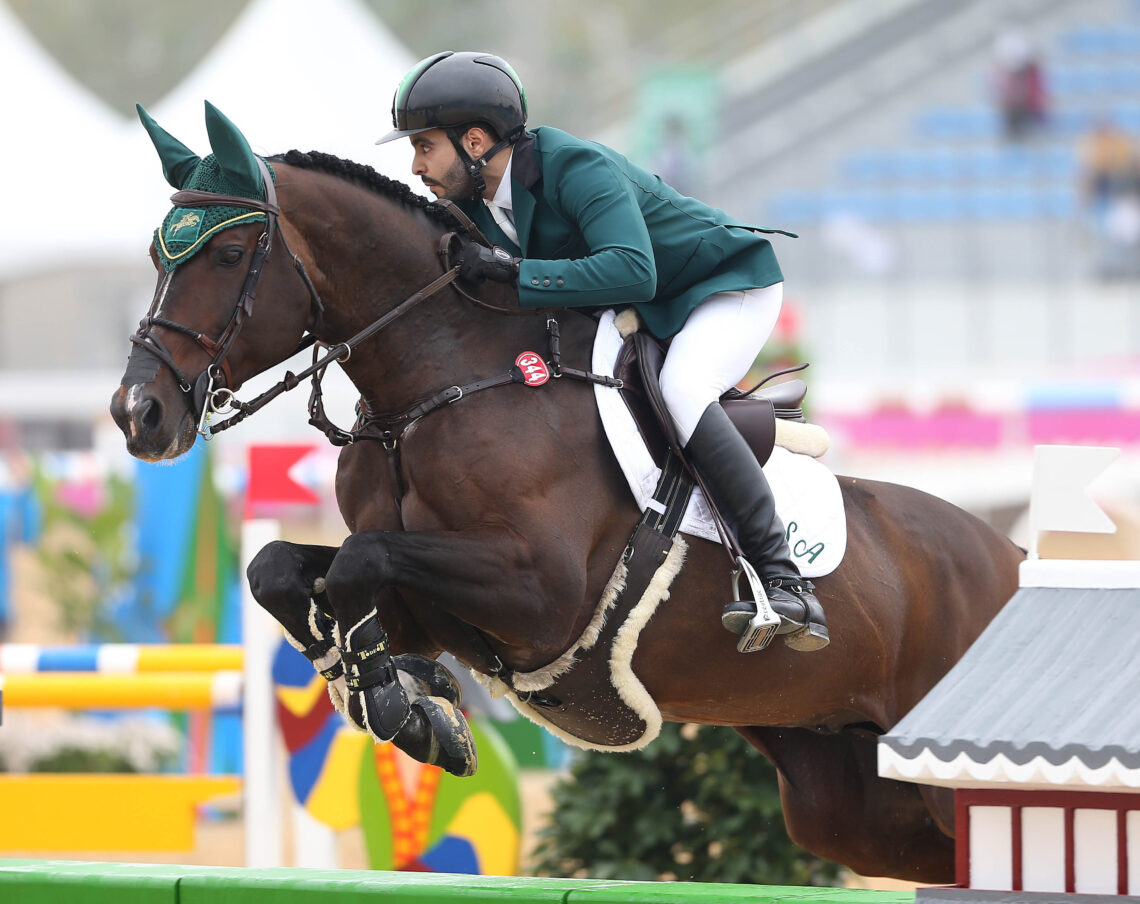
The Global Horse Sporting Industry: Market Landscape, Investment Opportunities, and Tech-Enabled Development Strategy
Executive Summary
Horse racing and equestrian eventing comprise a global industry valued at over $400 billion, with deep roots in tradition, competition, culture, and economic impact. These sectors span the elite world of professional racing circuits, elite breeding and bloodstock markets, grassroots riding schools and youth programs, and international eventing competitions with Olympic and World Cup status. While established markets such as the UK, Japan, Australia, and the US have sustained growth through robust wagering systems and event broadcasting, the next generation of growth is coming from underinvested markets and digital transformation.
This article provides a global view of the equine sports ecosystem, exploring current market size and trajectories, regional dynamics, investment-ready sectors, and pilot-ready technologies. Particular attention is given to the Caribbean region, where the horse racing tradition remains culturally vibrant yet economically vulnerable after the disruptions of COVID-19. Opportunities in digital health tracking, remote wagering, live-streaming, and clinic modernisation offer clear pathways to sustainable reinvestment and scalable growth.
Global Market Overview
Horse Racing

- Global value reached $402 billion in 2022 and is projected to reach $794 billion by 2030, showing a robust CAGR of 8.9%.
- Key revenue generators include betting turnover, with Japan (€24B), Australia (€17B), Hong Kong (€13B), UK, and the US leading.
- New growth areas include international syndicate racing, digital broadcast rights, VIP hospitality, and market re-entry in the Middle East and Southeast Asia.
Equestrian Eventing & Training

- The equestrian training services market is valued at $3.18 billion (2024), expected to grow to $5.34 billion by 2033 (CAGR 5.9%).
- The global equestrian equipment market is valued at over $12 billion, with the apparel market alone reaching $2.84 billion.
- Europe remains the sector’s anchor, contributing more than €100 billion in combined annual economic impact, supporting 400,000+ jobs across training, breeding, transport, venue operations, and leisure riding.
Regional Breakdown & Market Opportunities
United Kingdom & Ireland
- The UK hosts world-class racing at Ascot and Cheltenham and premier eventing at Badminton and Burghley. Ireland maintains a strong breeding and export market.
- Investment potential lies in revitalizing underutilized racecourses, digitizing grassroots event circuits, and creating OTT content platforms.
- Clinic revenue potential: £3–5K/weekend with 40–60 riders; Facilities can generate £150K–£500K annually depending on services and reach.
Gulf Region (UAE, Saudi Arabia, Qatar)
- Region anchors high-profile racing (Saudi Cup, Dubai World Cup). These events have emerged as global landmarks with prize purses exceeding $20 million.
- Significant opportunities lie in health tech integration (digital passports), elite training academies, and high-end wagering and hospitality infrastructure.
- Government-led investment is active, with equestrian sport part of wider national tourism and sports diversification agendas.
United States
- A vast but fragmented ecosystem, from Churchill Downs and Keeneland to local showgrounds and amateur associations.
- USEA hosts 250+ events annually with 44,000 competitors; rising demand for schooling shows, coaching clinics, and livestream access.
- OTT monetization of grassroots events and health record integration (HIPAA-like compliance for animals) are emerging opportunities.
Australia & New Zealand
- Racing and breeding markets are mature and heavily bet-driven. However, interest is growing in clinics, school holiday riding programs, and rural showgrounds.
- The Melbourne Cup generates AUD $468 million in economic activity; smaller events are seeking ways to tap digital audiences and drive remote revenues.
Caribbean
- Deep-rooted cultural importance of racing, yet systems remain undercapitalized. COVID-19 exacerbated issues, halting major events and closing OTB networks.
- Caymanas Park (Jamaica) shut in 2020, reopening under strict restrictions. Barbados Gold Cup was canceled in 2021–2022 but revived in 2023.
- Regional opportunities include the digitisation of betting infrastructure, reinvestment in racing welfare (aftercare), and creation of livestream events for diaspora and tourism markets.
Investment Opportunities
- Premium Race Events & Hospitality Ventures
- Saudi Cup, Dubai World Cup, and Melbourne Cup offer luxury brand tie-ins and cross-border syndicate investments.
- VIP hospitality, multi-platform coverage, and on-site betting lounges increase monetization layers.
- Digital Betting Platforms & Remote Wagering
- Create regulatory-compliant betting apps for underexposed circuits (Caribbean, regional US, rural Australia).
- Leverage gamification, live odds, and peer-to-peer challenges to attract younger bettors.
- Digital Passports & Veterinary Records
- Introduce cloud-based and blockchain-anchored equine passports to consolidate health, performance, and travel data.
- Sync with FEI, USEA, and national vet databases to support compliance and competition eligibility.
- Hybrid Clinics & Community Coaching Networks
- Develop tech-enabled clinics that combine physical coaching with livestreamed masterclasses and AI-driven feedback.
- Revenue via subscriptions, elite access fees, and sponsorship from tack/apparel brands.
- OTT Livestreaming & Media Monetization
- Target grassroots and mid-tier events overlooked by traditional broadcasters.
- Offer freemium platforms with ad-support, subscriptions, and virtual meetups.
Strategic Partner Ecosystem
Technology & Analytics
- Arioneo, Equilab, Zebra Insights – equine wearables, GPS training systems, digital IDs.
Health & Veterinary
- Vet-CT, FEI Veterinary Division – compliance tracking, imaging, and telemedicine.
Media & Betting
- Racing Post, Equidia, TwinSpires, Horse & Country TV – distribution platforms and betting partnerships.
Associations & Governing Bodies
- FEI, British Eventing, USEA, CTA – regulatory alignment and pilot facilitation.
Pilot Plans by Use Case
A. Digital Passports & Health Systems
- Test in UAE or UK with blockchain + cloud integration.
- Key success metrics: onboarding % of horses, reduction in inspection delays, compliance consistency.
B. Remote Wagering Platforms
- Launch in Caribbean (Barbados, Jamaica) and Australia’s rural circuits.
- Key metrics: DAU, total wagered, app conversion rates.
C. Livestreaming Events & Clinics
- Deploy in UK/US/Caribbean. Combine GPS overlays, drone footage, and wearable data.
- Key metrics: Viewership minutes, audience engagement, ROI from sponsorships.
D. Clinics & On-Demand Coaching
- Pilot in Ireland and California with hybrid video/live formats.
- Metrics: Rider retention, revenue/student, geographic expansion of content.
Caribbean Revival Strategy
Impact of COVID-19:
- Closure of Caymanas Park halted Jamaica’s core racing industry. Barbadian racing also stalled. USVI suspended all operations.
- Over 20,000 livelihoods affected indirectly; CTA (Thoroughbred Aftercare) overwhelmed with no transport/quarantine budget.
Recovery Initiatives:
- Barbados Gold Cup revived with Sandy Lane sponsorship.
- USVI introduced new safety rules and facility oversight in 2025.
- Jamaica reopened racing under revised protocols with Racing Commission oversight.
Investment Levers:
- Digitize OTB networks across islands.
- Fund CTA’s capacity with donor-backed welfare bonds.
- Introduce pilot digital passports for vaccinated, race-ready horses.
- Use livestreaming to connect diaspora communities and unlock ad revenue.
Strategic Roadmap
- Build financial models per region and vertical.
- Identify anchor partners for each pilot.
- Produce investment and pilot-ready decks.
- Apply for national/regional grants and stakeholder support.
Conclusion
The global horse racing and equestrian ecosystem is at a critical juncture—rooted in tradition yet ripe for reinvention. Elite events continue to deliver prestige and profitability, but sustainable growth lies in activating grassroots networks, digitizing core systems, and reaching new audiences through technology.
The Caribbean represents both a cautionary tale and an emerging opportunity—where modest investment in digital infrastructure, health tech, and content monetization could reestablish a vital regional industry. Through coordinated public–private partnerships, modern equestrian sport can expand beyond elite silos into a connected, inclusive, and globally scalable industry.





